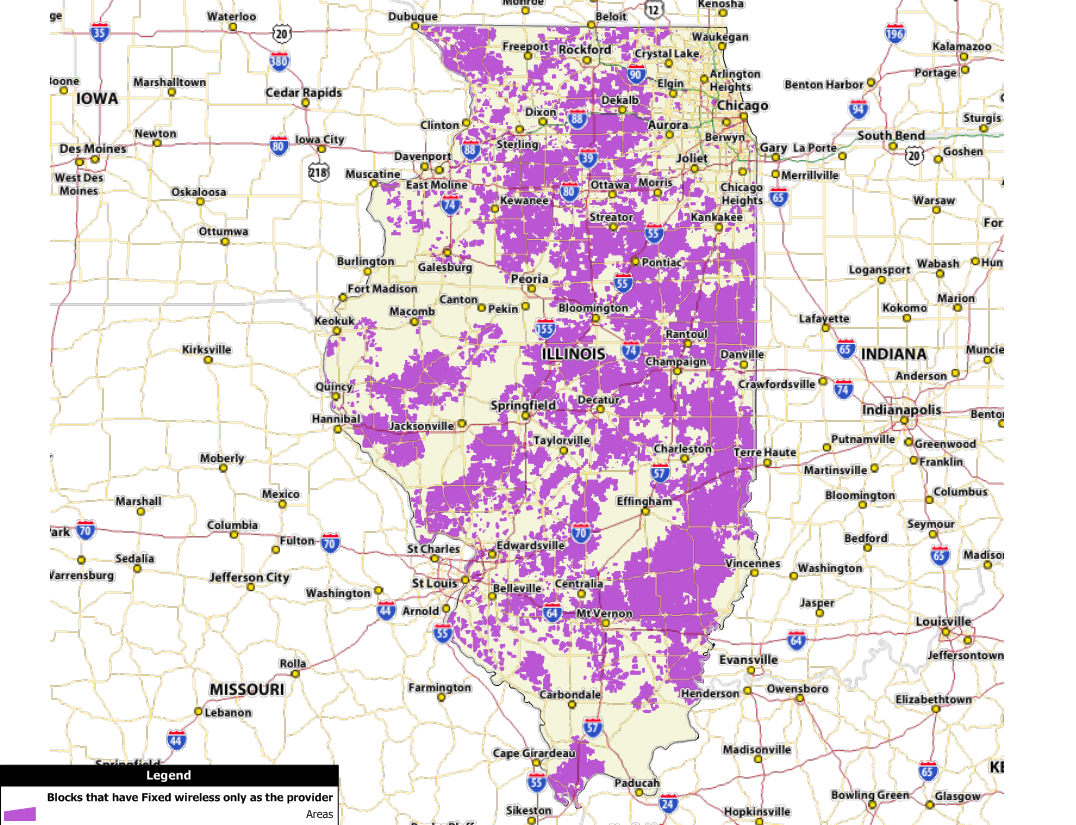Of Databases and Legislation: TV White Spaces on Trial
This week, the Federal Communications Commission took another important step toward bringing fixed wireless broadband service to rural Americans by announcing the first TV white space database trial. For a 45-day period beginning September 19, Spectrum Bridge, Inc. (a Rini Coran, PC client) will make publicly available its database, which identifies available TV channels for unlicensed broadband operations. Separately, FCC Chairman Julius Genachowski issued a supporting statement trumpeting the benefits of white spaces. This is welcome news in the face of an U.S. white space ecosystem that is threatened by pending Congressional legislation.
In the trial, participants will have access to elements of the database that are designed to protect TV stations, cable headends and broadcast auxiliary stations and registered wireless microphones. Once the trial concludes – and the FCC can extend the trial beyond the November 2 end date – Spectrum Bridge is required to give the FCC a report that notes any problems and changes to the channel availability calculator.
Chairman Genachowski took the rather unusual step of issuing a News Release announcing the Spectrum Bridge trial, stating that “[u]nleashing white spaces spectrum will enable a new wave of wireless innovation. It has the potential to exceed billions of dollars in economic benefit from wi-fi, the last significant release of unlicensed spectrum, and drive private investment and job creation.” The Wireless Innovation Alliance (WIA) and Public Knowledge were quick to hail the FCC’s initiation of the first database trial.
Meanwhile, at the Super WiFi Summit in Austin this week, attendees got a full slate of information about white space technology, databases and legislation. On the latter point, Michael Calabrese of New America Foundation reiterated many of the points made in his recent House testimony and discussed the potential for spectrum reform legislation to sharply reduce, if not eliminate, the amount of white space available in many markets. He detailed WIA‘s efforts to ensure that unlicensed white space is preserved and that Congress does not mandate auctions for future unlicensed bands. I provided insight into the perspective of wireless Internet service providers (WISPs) that could be harmed by the proposed legislation and noted the “boots on the ground” efforts of the Wireless Internet Service Providers Association (WISPA) to better educate Congress on the consumer benefits of unlicensed spectrum. To that end, and as just one example, WISPA member Brian Webster created a map using data from the NTIA’s mapping program showing the census blocks in Illinois that are uniquely served by WISPs in both licensed and unlicensed spectrum (not including coverage offered by the cellular technologies or satellite internet). From the map below, one can see the obvious benefits that WISPs, and only WISPs, provide to consumers. As Congress pushes forward to consider legislation in the next few weeks, these will be important messages to convey.
(click map below to enlarge)


Comments (1)
Read through and enter the discussion by using the form at the endpeterwatson - May 14, 2012 9:33 AM
Your site is very informative and your articles are wonderful.
wireless satellite internet